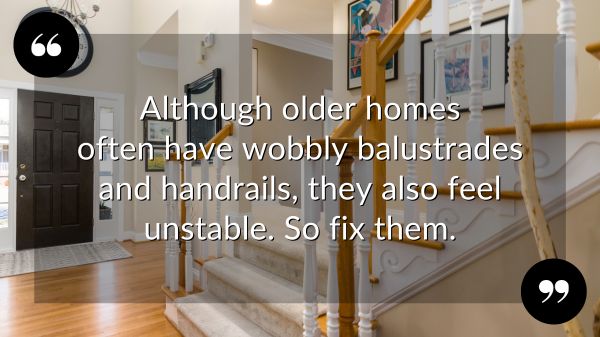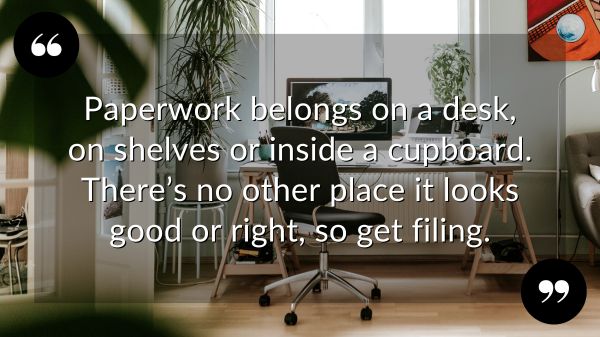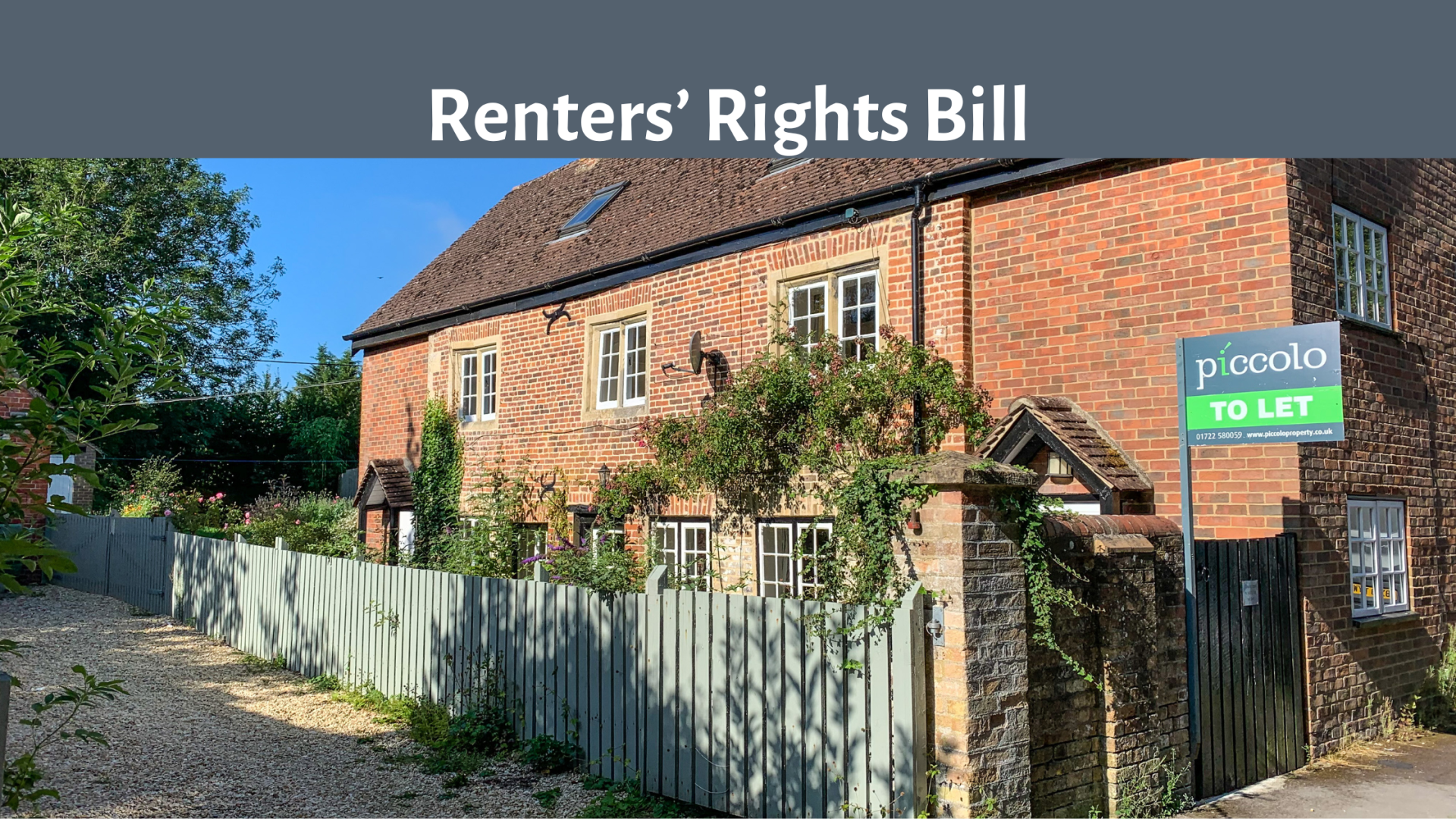There probably isn’t a homeowner alive who doesn’t have a list of little jobs that need doing.
Everyone’s got them: minor niggles that aren’t yet irritating enough to deal with, so they get accepted ‘for now’ and eventually become forgotten as you get used to living with them.
That’s all fine until your home goes up for sale and the viewings begin. Suddenly, fresh pairs of eyes are picking up on every little detail, including:
- Stains, scuffs and marks.
- Squeaks, groans and wobbles.
- Chips, cracks and holes.
- Replacements and repairs.
- Chaos and clutter.
Left ignored, these can become bargaining chips for buyers to haggle on your price. So instead of that, gain the upper hand with our guide to turning little jobs into big money and selling your home for more.
STAINS, SCUFFS AND MARKS
From little accidents to regular wear and tear, it’s impossible for your decor to stay pristine without an occasional helping hand, and there are a few main culprits to look out for.

- We often see old water marks from long-sorted leaks, and these can delay your sale if a mortgage valuer wants further investigation, so cover with an oil-based primer and make good.
- Greasy hand marks and fingerprints on doors and around light switches make paintwork look much older and tired, but they’re easily removed with a mix of white vinegar and water.
- The walls of hallways, stairs and landings are particularly prone to scuffs from the extra traffic of the main circulation spaces, and these can often simply be washed off.
Dealing with these will go a long way to reviving your decor so your home feels fresh, loved and inviting to everyone who comes to view.
SQUEAKS, GROANS AND WOBBLES
Just like for humans, old age creeps up on every home, and creeks become the norm and get worse if we ignore the signs. So here are some things to test and fix.

- Taps that jiggle around in your hand, have a constant drip, or whine when you turn them off or on: buyers often like to test the water pressure, so deal with worn-out washers and fixings.
- Doors that scrape the floor, hinges that squeak, and handles and locks that rattle: they’re all noisy interruptions to a calm viewing, so rehang, oil, and tighten up where necessary.
- Wobbly handrails and balustrades on the stairs: they might be common in older homes, but rather than adding to the charm, produce startled shudders from viewers.
Ultimately, and aside from a little light background music, the only sounds you want to hear on viewings are the enthusiastic commentary from your agent and murmurs of approval from potential buyers.
CHIPS, CRACKS AND HOLES
From regular comings and goings, to seasonal temperature changes and a sky that loves to rain, the weather and daily life take their toll on everyone’s home, with typical signs that include:

- Chipped or flaking paintwork on window frames, doors and skirting boards: they can make entire rooms and exteriors look tatty.
- Cracks in plasterwork or between walls and window frames, doors and skirting boards: fill with decorators caulk and then repaint.
- Slipped or missing roof tiles or slates: look inside your loft and up at the outside, then get them put back into position or replaced where necessary.
All of these can leave buyers wondering whether major work and expense are waiting in the wings, so it’s really worth sorting them out to remove that concern.
REPLACEMENTS AND REPAIRS
No matter how stylish your home is, if your viewers are constantly greeted with damaged or deteriorating fittings, they may feel they’re taking on a bunch of hidden problems.

Some of the most glaring include:
- Cracked or broken glass - it’s not a great look for any door or window, so replace any damaged panes.
- Rusty radiators - they bring a room down but aren’t expensive to replace for a designer upgrade. Alternatively, painted to match the wall, or in a fashionable contrasting tone, is a low-cost win.
- Collapsing garden fences and walls - not only unsightly, they suggest a lack of care and are a safety concern for families with children. Fixing them is a smart move.
A simple rule to sell for the highest price is to repair or replace anything clearly broken or worn out, particularly when it’s in full view of where buyers will look.
CHAOS AND CLUTTER
One of the most effective methods for making your home look more expensive, spacious and appealing is the one that doesn’t cost a penny - tidying up!

Here are some top tips for a quick fix.
- Paperwork belongs on a desk, on shelves or in a cupboard. There’s no other place it looks good or right, so grab some ring binders, vertical organisers or pocket files and get things straight.
- Style your shelves and the tops of sideboards, fireplaces, tables, chests of drawers and kitchen surfaces to look consciously presented rather than overloaded - Pinterest has tons of great ideas.
- Move or remove items of furniture to create extra space or improve sightlines - this can dramatically elevate your rooms for photographs and viewings.
Have a ruthless wander around your home to seek out clutter and create more calm - you might be surprised at how much bigger and brighter it feels after you’ve worked some magic!
Are you getting ready to sell?
Then let’s start talking about any little jobs that could add thousands to your sale price and make it a truly hot property in the Wilton & Salisbury area.
Call us on 01722 580059 or email us at info@piccoloproperty.co.uk for a friendly chat with our expert team.






Share this with
Email
Facebook
Messenger
Twitter
Pinterest
LinkedIn
Copy this link